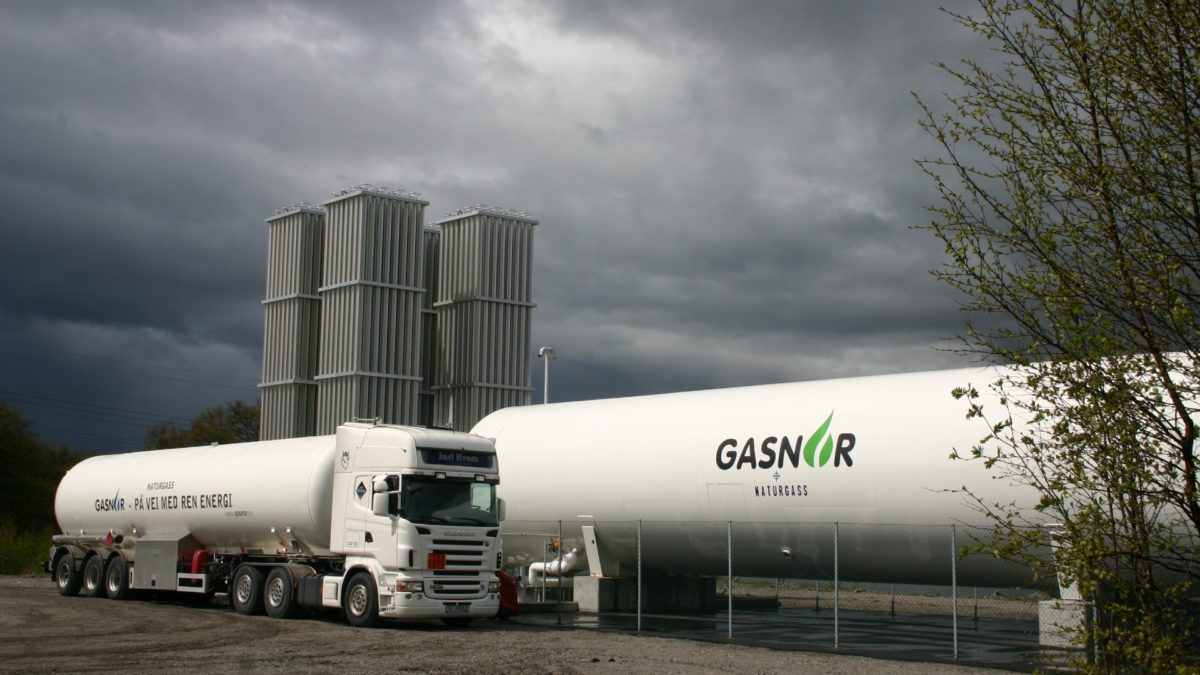Domestic shipping must reduce their CO2 emissions by 50% within 2030 compared to2005 levels. The shipping industry are expected to reduce their emissions and implement more environmentally friendly fuel alternatives, but require access to infrastructure capable of handling green fuels and the potential added risk involved. A natural starting point would be to investigate if the existing infrastructure for liquefied natural gas (LNG) can be adapted to green fuels, such as biogas and ammonia. The alternative is that new infrastructure has to be constructed.
Some of the green alternative fuels have properties that differs from traditional fossil fuels such as heavy fuel oil (HFO) and diesel, as well as LNG which is steadily getting more widespread and common. This results in other, and in some cases stricter, requirements to materials and cargo handling procedures to ensure safe operations.
The main challenges and concerns with some of the green, alternative fuels are either associated with an increased risk of fire and explosion, or potential toxicity risk. It is therefore essential that existing infrastructure can safely handle the challenges of alternative green fuels if it is to play a role in the future supply chain of such fuels.
Gasnor is overseeing partner and will lead the pilot. Additional participating partners are listed to the right. In addition, Egil Ulvan Rederi and Gasum are pilot contributors.
Goal of pilot project
The Green Shipping Programme is, among other things, aimed to promote sustainable logistical solutions. It will be easier to achieve rapid and cost-effective cuts in shipping emissions if existing infrastructure can be used to achieve a fast and cost-efficient reduction of emissions from shipping.
The goal of the study is to assess the feasibility of using existing LNG infrastructure to supply green fuels to the shipping industry, from a commercial, technical and safety perspective.
The main goals of the pilot study are:
- Clarify whether ships built for operation on gas today will later be able to use low- and/or zero emission fuel without major additional investments.
- Facilitate infrastructure for new biogas production.
- Facilitate a customer base for biogas.
- Avoid parallel infrastructure being built for bunkering of different zero emission fuels
If the above targets are accomplished, the shipping industry may be able to rapidly achieve climate and environmental benefits by operating on low emission fuels from existing infrastructure. Later, it will be possible to use the same infrastructure for zero-emission fuel as soon as it is practically possible. Utilizing existing value chains, the need for new investments will be reduced, and lead to a faster transition to renewable energy.
Status
The pilot started in May 2022. Four working packages have been defined and the focus are:
- Users/market – What usage pattern and needs will we see along the coast?
- Fuel – Mapping of relevant fuels, as well as existing, planned, and future production capacity.
- Engine – Is there potential for extensive conversion of existing engines to relevant zero-emission fuels?
- Infrastructure/bunkering facilities – Can the current LNG infrastructure be used for a smooth transition to green ammonia and biogas?
September 2022
Working package 1, mapping marked and demand along the coast, today shows that more than 100 ships (larger than 2.000 dwt and built in the period 2018-2022) will be able to request zero-emission solutions. The number is expected to have a steep increase as 90% of the shipping association’s members believe they will be climate neutral by 2050. Mapping of «Norwegian» projects in the production of biogas and “clean ammonia” along the coast of Norway (working package 2) are ongoing. Problems related to LNG facilities have been identified. The pilot will now retrieve information from relevant projects for possible conversion. The scope for working package 4 is the evaluation of the infrastructure, based on prioritized zero-emission fuel.
May 2023
Market and demand are mapped based on the members of the Norwegian Shipowners’ Association and their needs. A survey of “Norwegian” projects in the production of biogas and green ammonia is ongoing. Gasnor’s facility at Mongstad has been used as a case to identify related to infrastructure and bunkering.
October 2023
Work has been carried out by SINTEF to look at the potential for emission reductions associated with different types of fuel. The study shows great potential for biogas.
Gasnor assumes that 10-20 TWH is possible to produce in Norway, and that LBG can easily be phased into existing infrastructure.
Read more
- Gasnors press release (in Norwegian only) was published October 2022.

